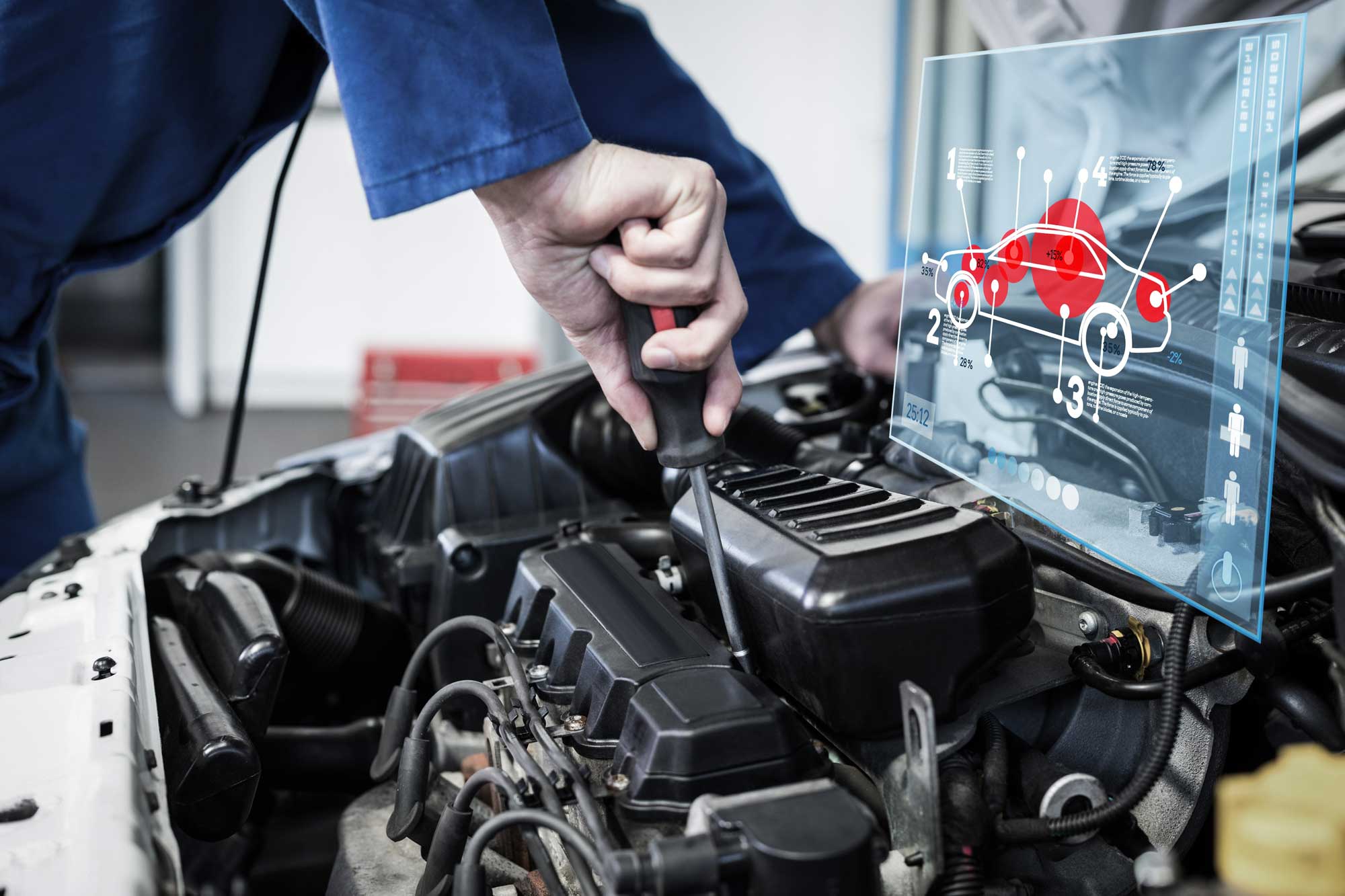All Categories
Featured

Few things are much more worrying for a vehicle driver than the abrupt illumination of the check engine light (CEL) on the control panel. While it could activate prompt issue, recognizing what this light represents can empower you to take care of the situation successfully. Let's discover the possible reasons behind the CEL and the steps to settle it.
What Does the Inspect Engine Light Mean? The CEL is component of your car's onboard diagnostics (OBD) system. It checks a selection of systems within the vehicle, including exhausts, fuel performance, and overall engine performance. When the system detects a mistake or abnormality, it triggers the CEL to signal the driver.
Solid Light: Indicates a non-critical concern, such as a minor sensing unit breakdown. It still needs attention to prevent lasting damage. Blinking Light: Signals a severe problem, like an engine misfire, that requires instant interest to prevent considerable damage. Typical Factors for the Inspect Engine Light. Right here are a few of the most constant sources of a CEL, varying from simple to complicated:
Loose Gas Cap:

A broken or loose gas cap can interrupt the gas system, causing the light. This is among the most convenient problems to take care of-- merely replace the cap or tighten. Oxygen Sensing Unit Failure:
The oxygen sensor measures the air-to-fuel ratio for ideal combustion. A faulty sensing unit can lead to decreased gas efficiency and higher exhausts. Ignition System or Ignition Coil Concerns:
These components are crucial for the burning process. Damaged stimulate plugs or malfunctioning coils can create misfires and rough engine performance. Catalytic Converter Troubles:
This part decreases hazardous discharges from your lorry. Failure to address various other engine issues can result in catalytic converter damages. Mass Air Flow (MAF) Sensing Unit Failing:
The MAF sensing unit makes sure the correct amount of air combines with fuel. A filthy or stopping working MAF sensor can reduce power and fuel performance. When the CEL Comes On, actions to Take. Do Not Panic:
Take a minute to observe your car's efficiency. Is it driving typically, or are there signs like minimized power or weird sounds? Examine the Gas Cap:
If needed,Tighten or reseat it. This basic fix deals with lots of CEL circumstances. Use an OBD-II Scanner:
Connecting in a scanner offers particular trouble codes that determine the issue. Many automobile parts shops provide this solution completely free. If Required:, check out a Technician.
If the CEL stays on or flashes, have a professional check your cars and truck. Delaying repair services could lead to more pricey repairs. Preventative Measures to Avoid CEL Issues. Routine Upkeep:. Adhere to the supplier's schedule for oil adjustments, spark plug replacements, and air filter cleansing. Check Key Components:. Regularly check your gas cap, belts, and hoses for wear or damage. Use Quality Fuel and Oil:. Premium products can protect against deposit buildup that may affect sensors and engine elements. Why You Ought To Resolve the CEL Without Delay. While it's alluring to neglect a strong CEL, procrastination can lead to extreme consequences. What starts as a small issue-- like a loose gas cap-- can progress into costly repair services. Resolving the light early ensures your vehicle stays efficient and risk-free.
Final thought. The check engine light is not a reason for immediate panic, but it must never ever be overlooked. Understanding its objective and prospective triggers furnishes you to make educated decisions, whether it's a fast gas cap modification or a trip to your auto mechanic. With appropriate maintenance and prompt activity, you can maintain your cars and truck running smoothly and stay clear of unneeded fixings.
Latest Posts
Find Out Reduce Expenses on Car Maintenance with Montclare Auto Repair’s Special Deals
Published May 26, 25
1 min read
Discover Cut Costs on Car Maintenance with Montclare Auto Repair’s Limited-Time Deals
Published May 25, 25
1 min read
Discover Special Auto Repair Specials in Chicago at Montclare Auto Repair
Published May 22, 25
1 min read
More
Latest Posts
Find Out Reduce Expenses on Car Maintenance with Montclare Auto Repair’s Special Deals
Published May 26, 25
1 min read
Discover Cut Costs on Car Maintenance with Montclare Auto Repair’s Limited-Time Deals
Published May 25, 25
1 min read
Discover Special Auto Repair Specials in Chicago at Montclare Auto Repair
Published May 22, 25
1 min read